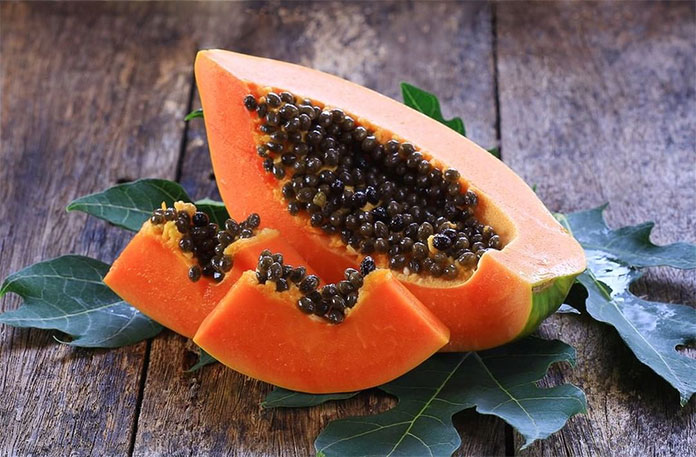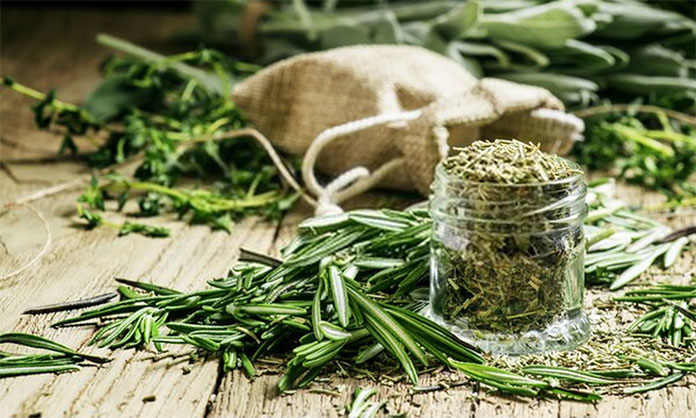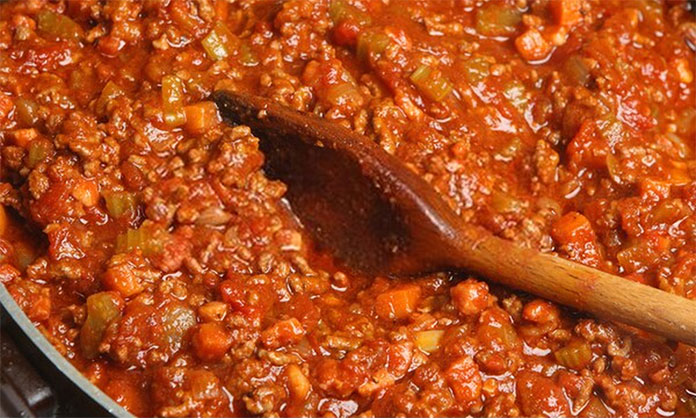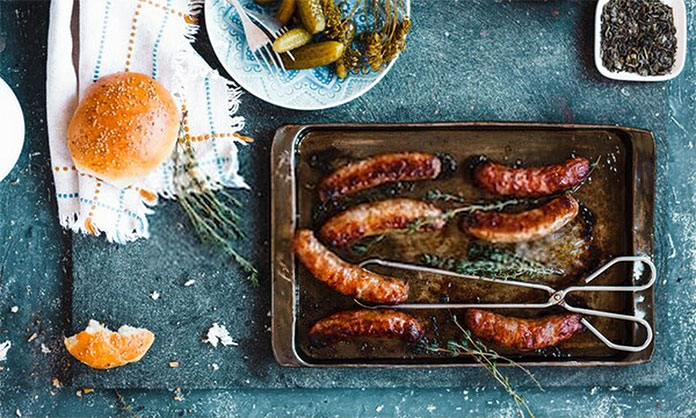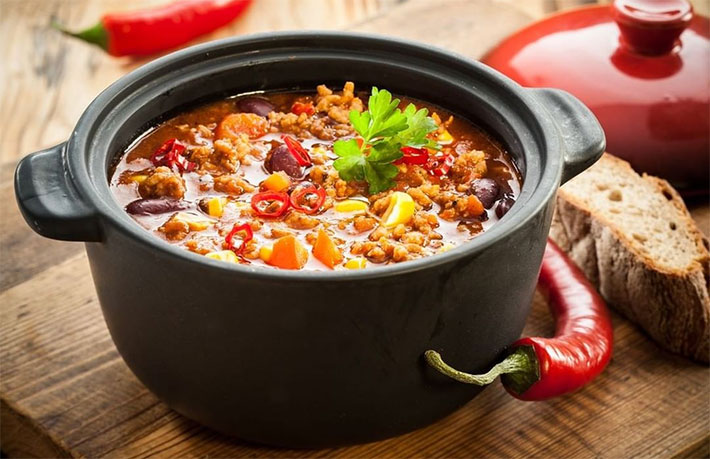The Proper Way on How to Cut a Papaya | Cooking and Serving Tips
Papaya is an orange-on-the-inside and green-and-yellow-on-the-outside tropical fruit. Its flesh is sweet with seeds that are edible. The seeds have a flavor that’s peppery and tangy. You can usually find it in Asian. Caribbean, Thai, and Indian dishes. It can be eaten raw or used in cooking.
More...
They come in various sizes and shapes. You’ll see that Asian and Caribbean papayas are bigger, while Hawaiian ones are smaller and have a more pear-like shape. Whichever variety you get, you can be sure that they are delicious and nutritious. They are packed with antioxidants and vitamin C.
Aside from being flavorful, the fruit is a great health food, especially for people with poor digestion, sensitive stomach, or medical conditions like irritable bowel syndrome. This is because it has papain, a digestive enzyme that makes the fruit a powerful aid for stomach woes.
Steps on How to Cut a Papaya
Here are the steps on how to cut a papaya properly.
1. Pick the Right Fruit
By right, we mean ripe. Papaya is ripe if its skin is more yellow than green. You’ll know that the flesh is ripe if you are able to press down your thumb into it easily.
If you have unripe papaya, you can quicken the ripening process by placing the fruits inside a paper bag together with bananas or apples. These fruits produce ethylene, which hasten ripening of fruits close to them.
2. Slice the Fruit in Half
Place the fruit on a clean, flat surface or on a chopping board. Slice it in half lengthwise using a large and sharp knife. You’ll avoid slips and accidents by using a sharpened knife.
3. Open the Fruit Up
After slicing, open the papaya and separate the halves. Now, you should have two large sections.
4. Remove the Seeds
Using a spoon, remove the seeds by scraping them out. You won’t have to apply too much pressure into this, just scrape lightly and shallowly. Doing a deep scrape might cause you losing a bit of the fruit.
You don’t need to throw the seeds away. Papaya seeds are edible, and they are very nutritious. However, be warned that their taste isn’t for everyone. They are quite peppery and the complete opposite of the fruit’s flesh, which is sweet. Think of peppercorns mixed with mustard, and that’s what you got.
You can also set them aside if you have your own garden and want to grow your own papaya trees.
5. Slice the Fruit
Method 1: Scoop Out the Flesh of the Fruit
Now, it’s time to get into the fruit and eat it raw. This is option one. The second option is to use an ice cream scoop or a melon baller and scoop out papaya balls. The taste will be the same, but they’ll look much nicer and more fun to eat.
Method 2: Slice the Papaya into Wedges or Cubes
First, peel the papaya fruit by holding it in place vertically. Slice down the knife along the skin. Make long slices. It’s best to cut not too deeply to save as much fruit as possible. Of course, you can a vegetable peeler instead of a knife to peel the skin.
If you hate peeling beforehand, you can slice the fruit into cubes first. Then, use the knife to get off the skin off each cube or slice.
The size and shape of the wedges are entirely up to you. Cut as thin or thick as you want. You can cut the entire fruit or save some for later and only slice the amount you want to eat for now.
These, on their own, are a great fruit for breakfast. Have them with other fruits, oatmeal, or a serving of eggs.
6. Add a Drizzle of Lime Juice on Top
This is just an extra step that you don’t have to do if you don’t want to. A bit of lime or lemon juice on papaya removes any unwanted scents, and it also enhances the natural flavor of the papaya. Alternatively, mix papaya with other fruits and create a fresh salad.
Quick Facts About Papaya

As mentioned above, you can eat papaya on its own. However, there are other culinary applications that you can also try. You can bake, puree, sautee, and stir-fry it depending on your mood.
Taste and Texture
Papayas are naturally sweet. They get sweeter the more ripe they get. So you can enjoy varying levels of sweetness, depending on how ripe the papaya is. Its flavor is comparable to a mango and cantaloupe hybrid. The flesh is creamy and soft. You don’t have to chew on it, as it melts in your mouth.
Where to Buy
The good news is that fresh papaya can be found in most markets all year round. There is a relatively low difficulty level when it comes to finding papaya. It’s easy to spot them in supermarkets. They are a bit more expensive than other fruits, and this price varies per season. In the US, Hawaiian papayas peak from April to June, and again in October until December.
In some markets, you’ll find the fruit chopped and prepacked in its juice if you look in the produce section. You can also see canned or bottled papaya nectar in some stores. Of course, fresh fruit is still the best kind.
When shopping, take note of the color of the exterior of the fruit. If you plan on eating them right away, go for bright yellow papayas. However, if you are not going to eat them right away, or if you plan on cooking them later, choose papayas that still have a bit of green in them. This means they have a way to go before they are fully ripe. Choose papayas that are smooth on the outside and have no blemishes.
Health Benefits of Papaya
Papaya is a very healthy fruit. As we mentioned earlier, they are full of vitamin C and antioxidants -- both of which help boost the immune system. They are also high in fiber, calcium, and potassium. They also provide a good amount of vitamin A and E, which means that they are good for your eyesight and skin complexion.
They have zero fat and cholesterol content, making them ideal for those watching their weight. Because of their chymopapain and papain enzymes, papayas are natural digestive aids that can also lower cholesterol levels in the body.
International Varieties
Solo is the papaya variety first introduced in Hawaii and Barbados back in the 1900s. Its shape is pear-like, it weighs somewhere between 1-2 pounds. Its flesh is very sweet and has a red-orange hue. It is still found in most markets today. Hawaii now produces Kamiya, Rainbow, Sunrise, and Kapoho Solo papayas, all of which have different levels of sweetness.
Mexican Yellow and Mexican Red papayas are very large, weighing up to 10 pounds. They aren’t as sweet as Hawaiian papayas. Asian papayas vary from small dwarf varieties to very large ones.

